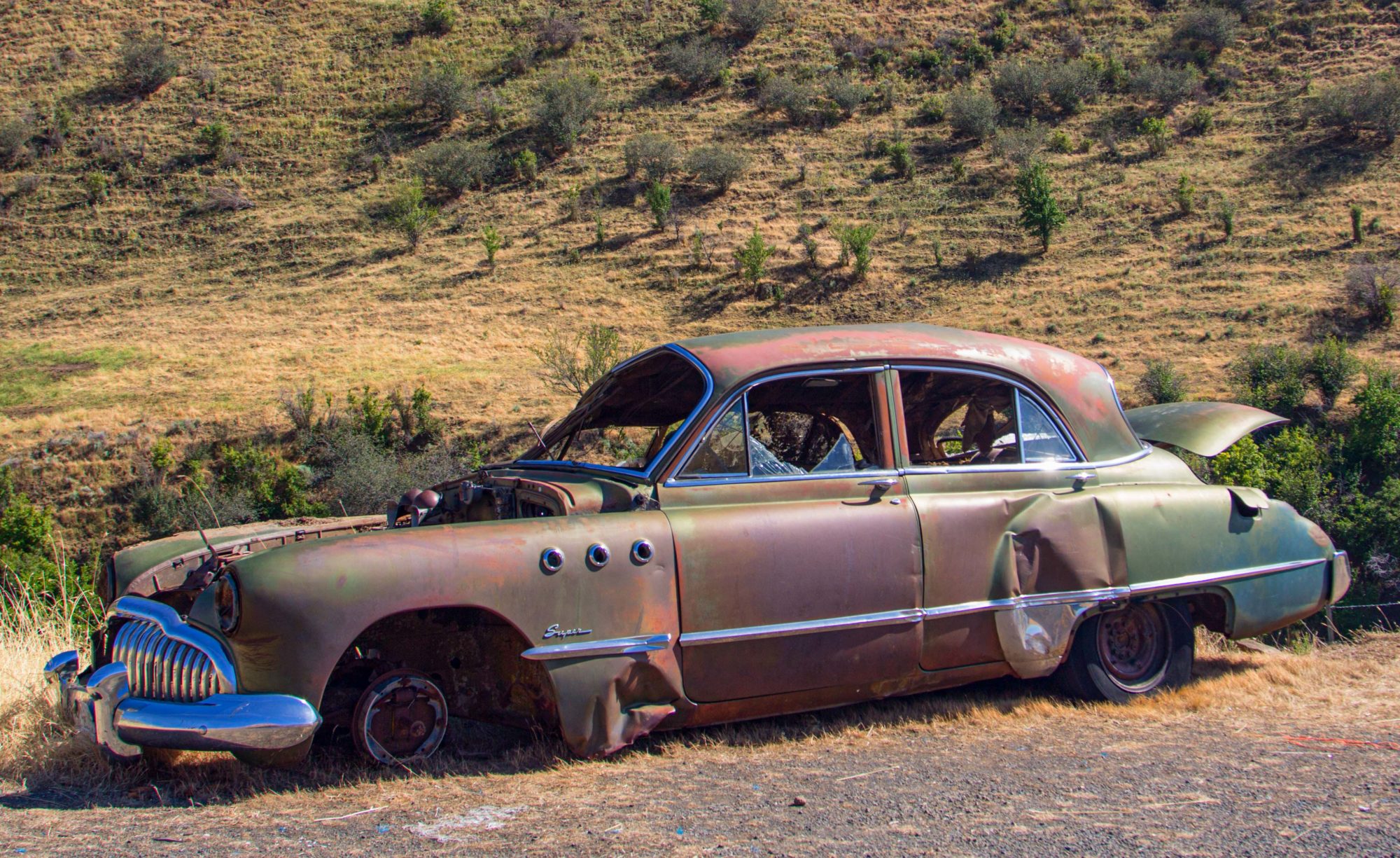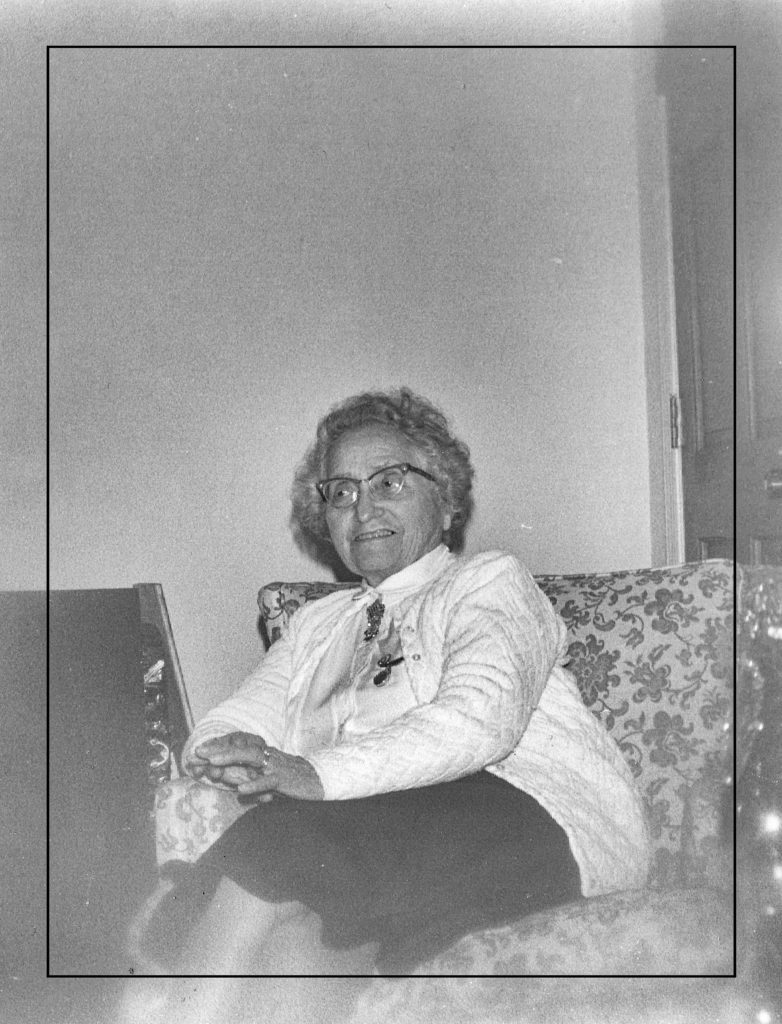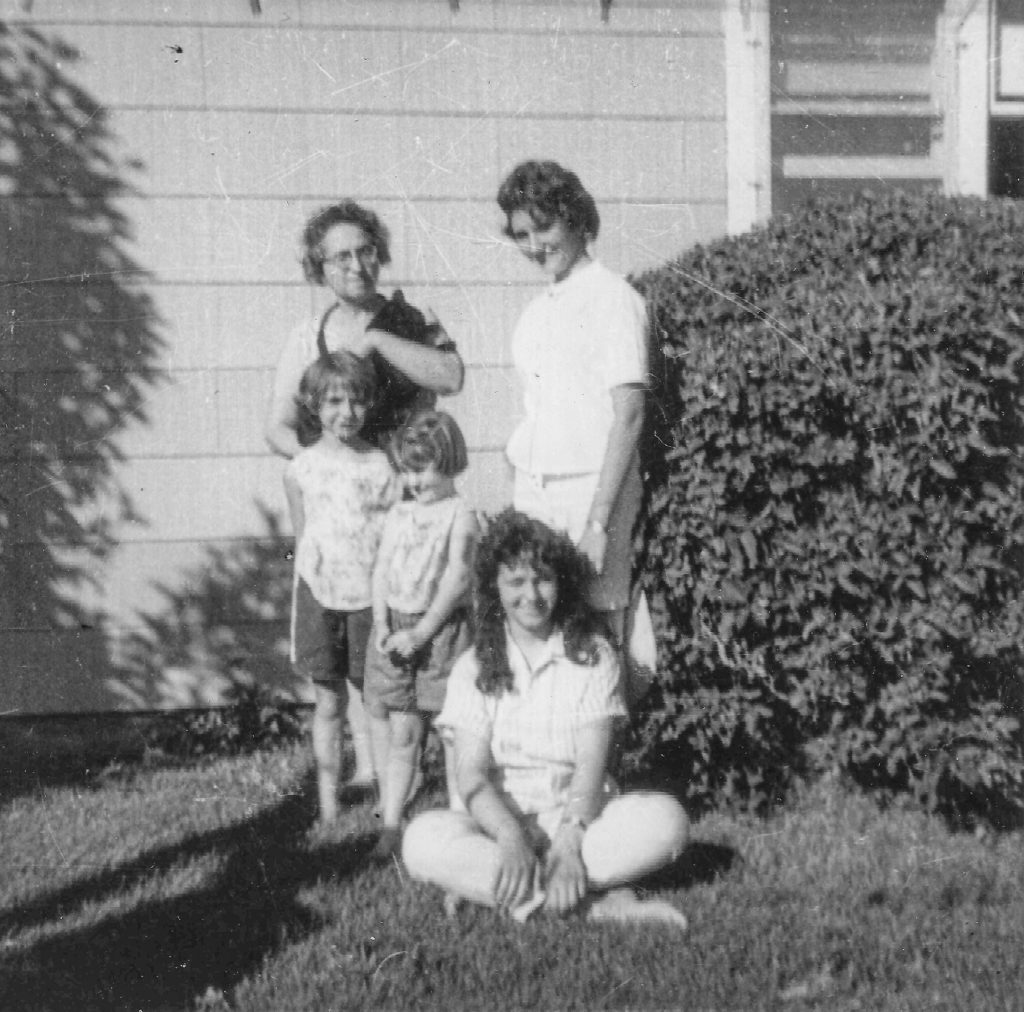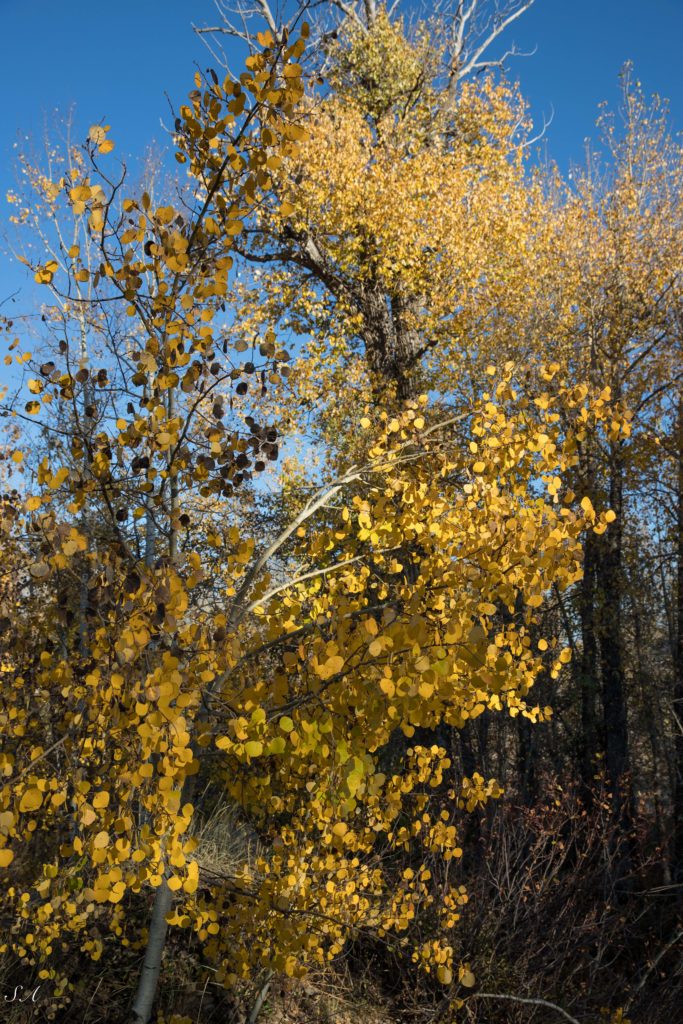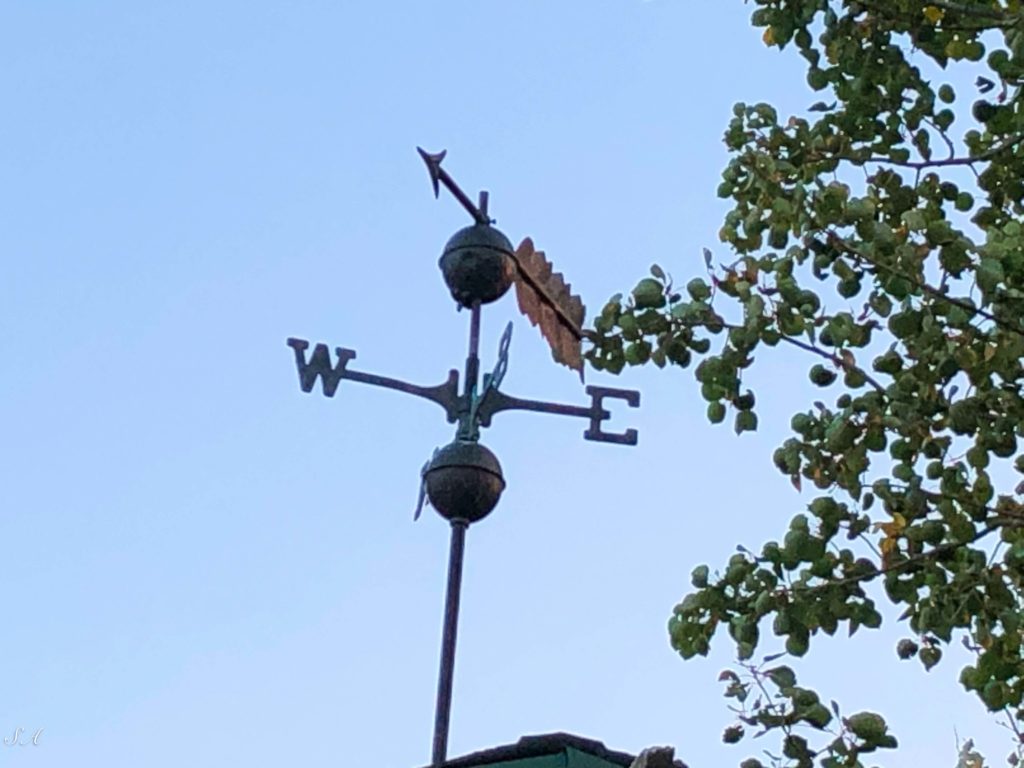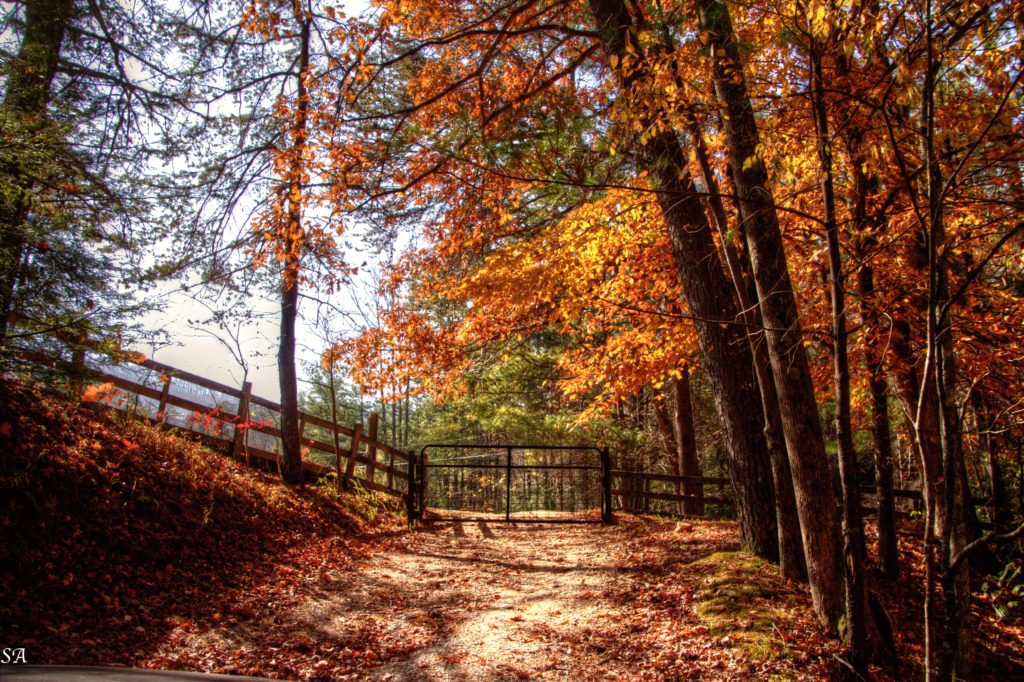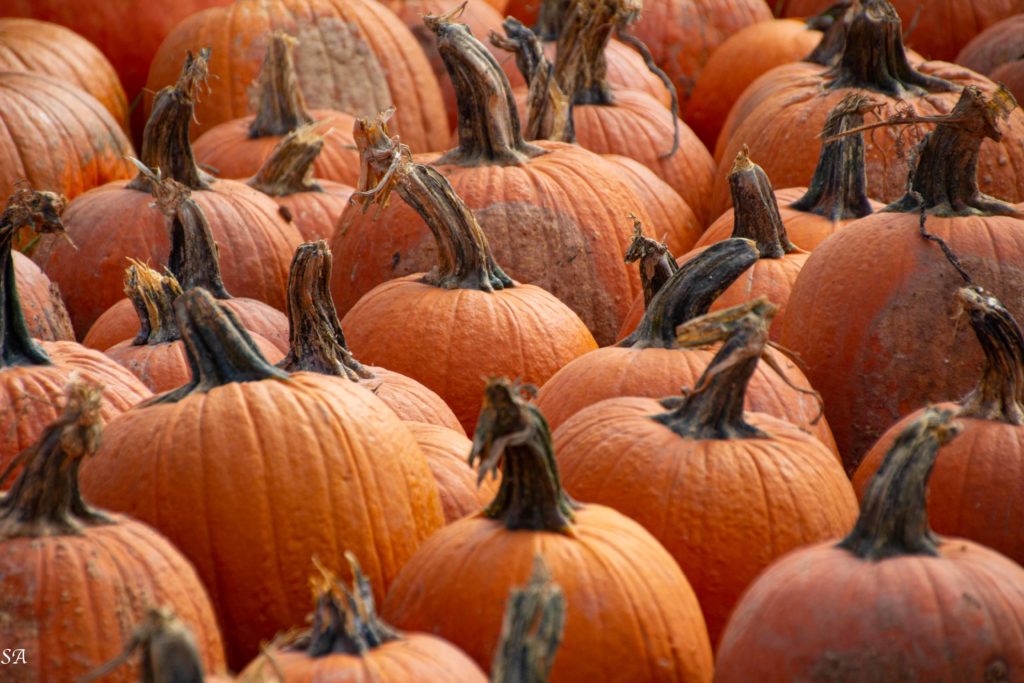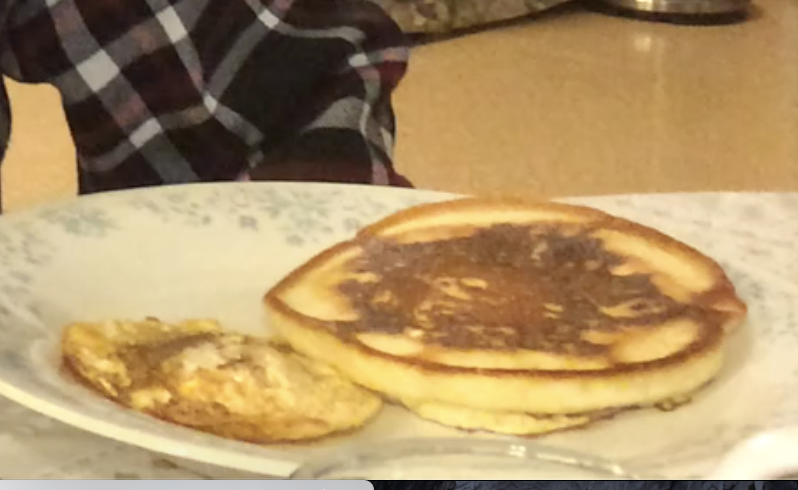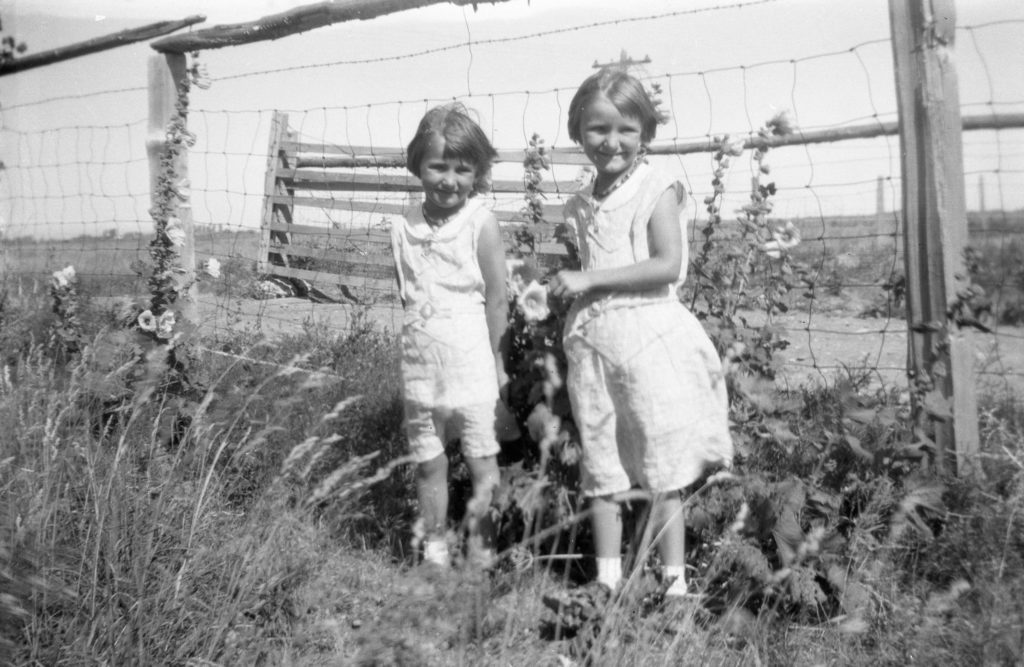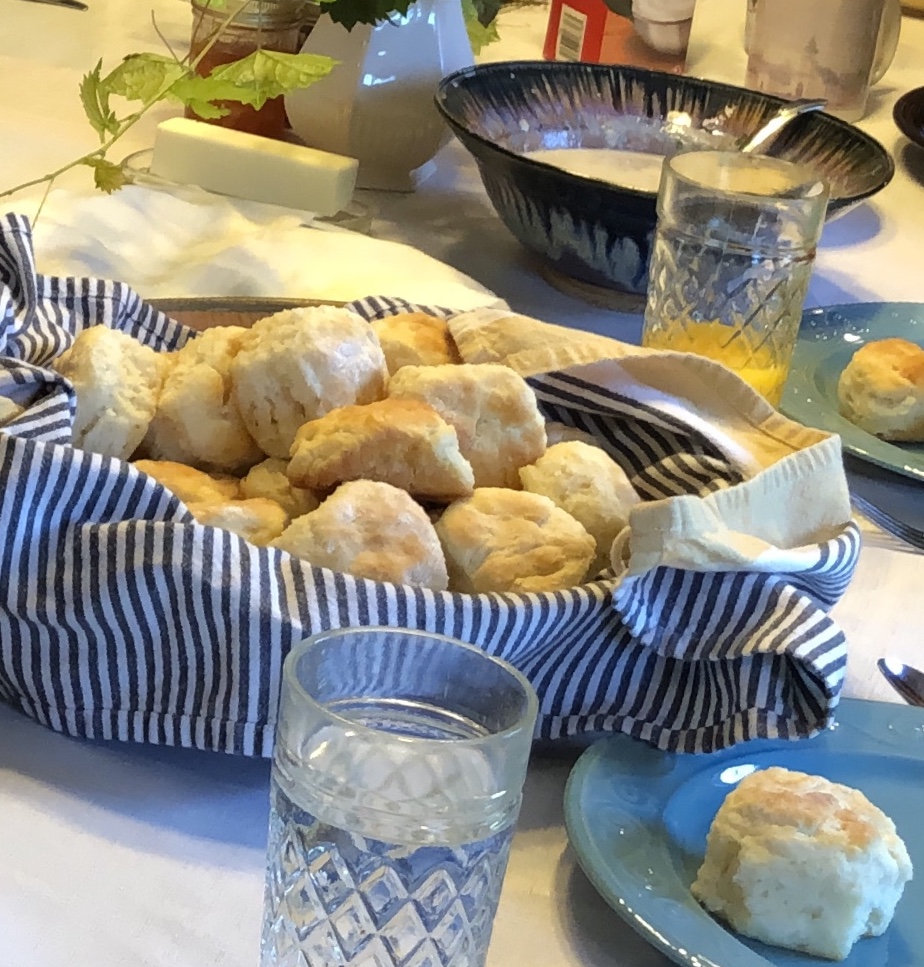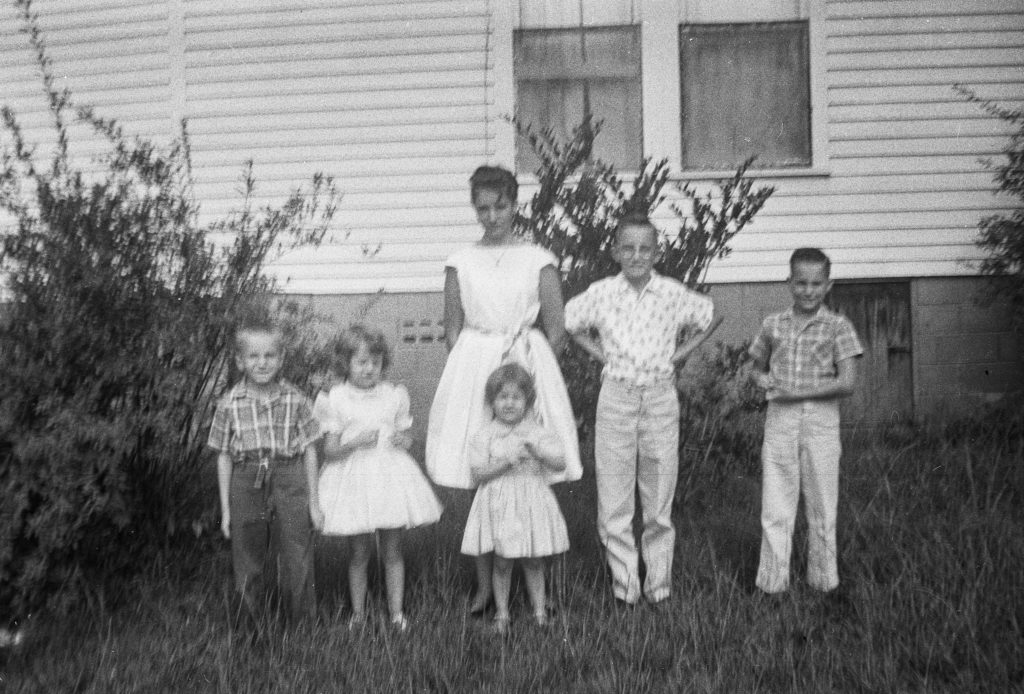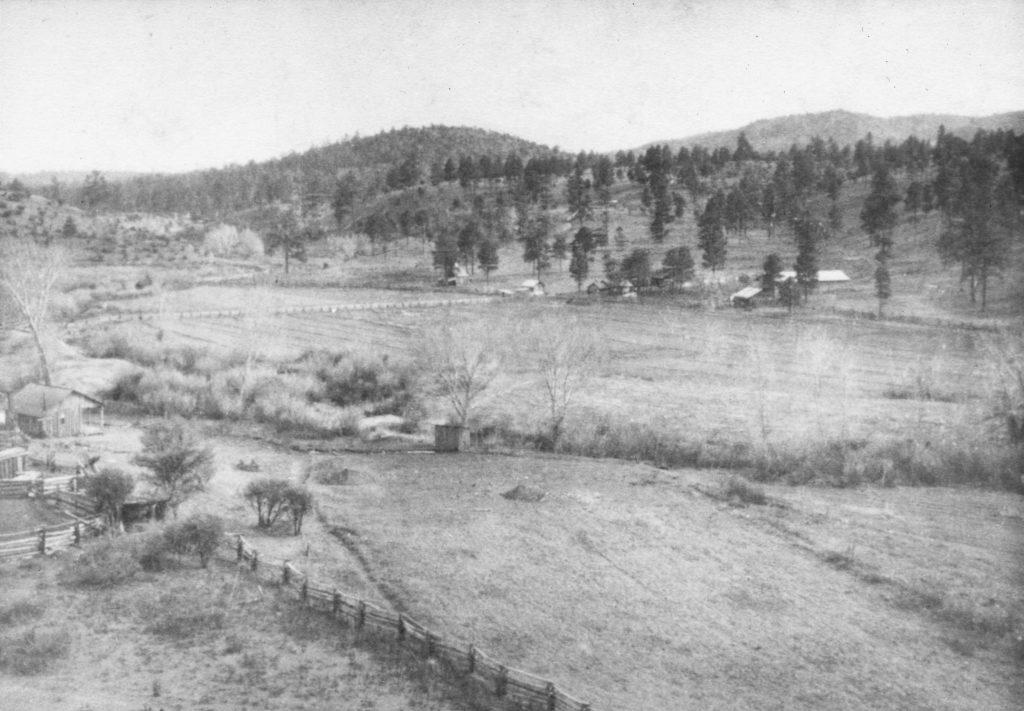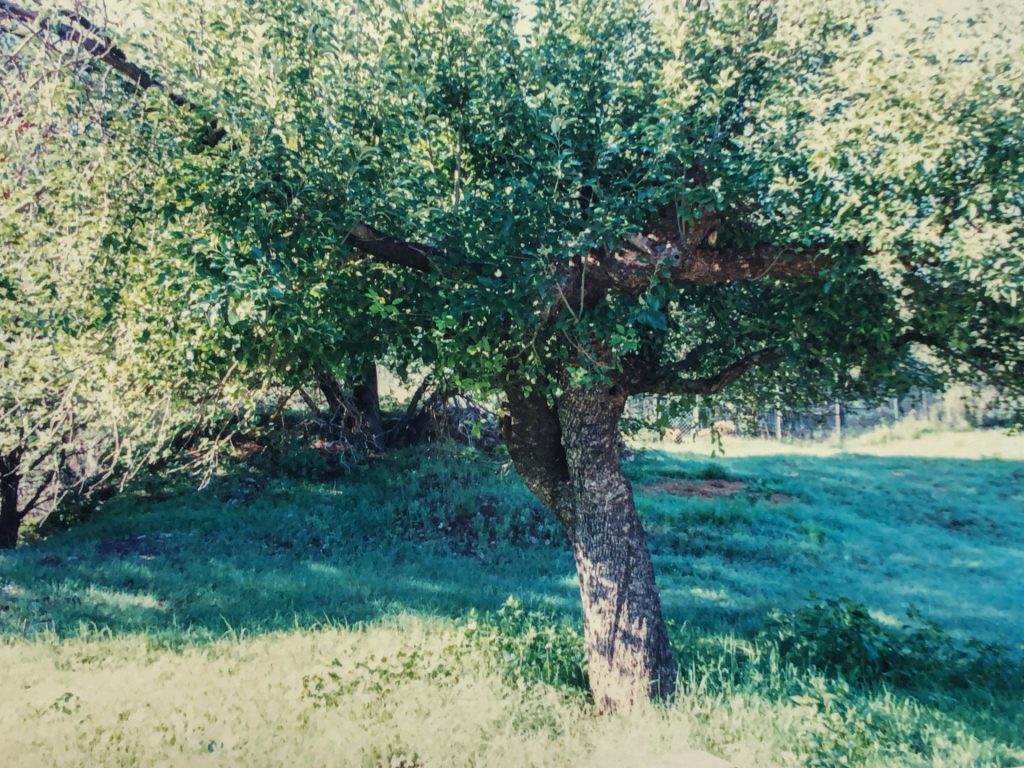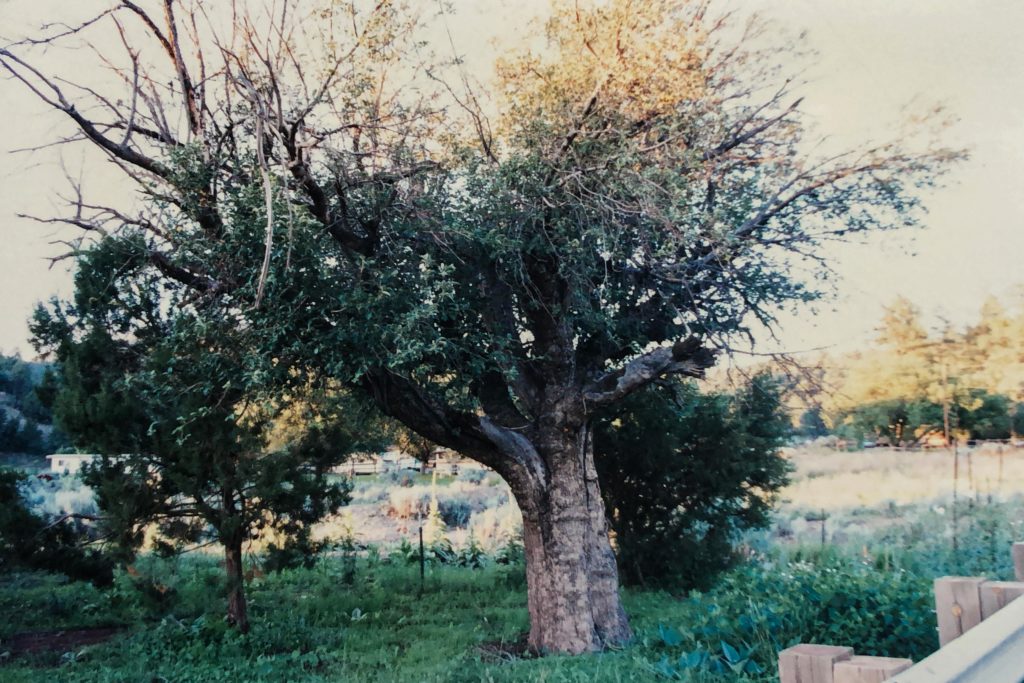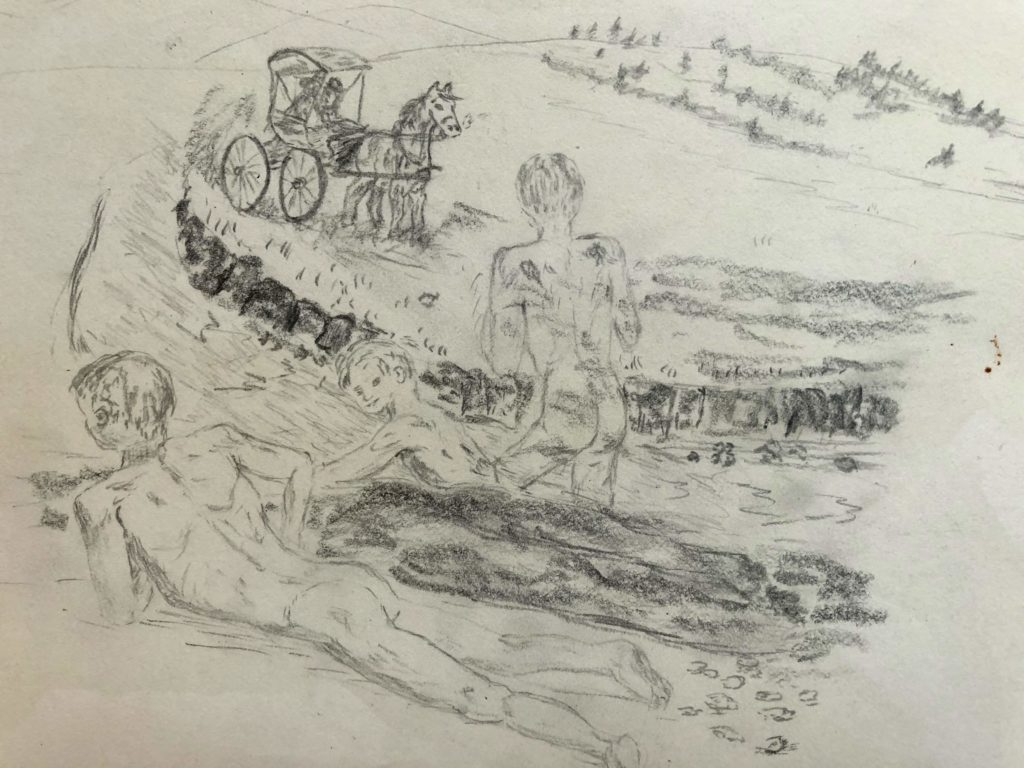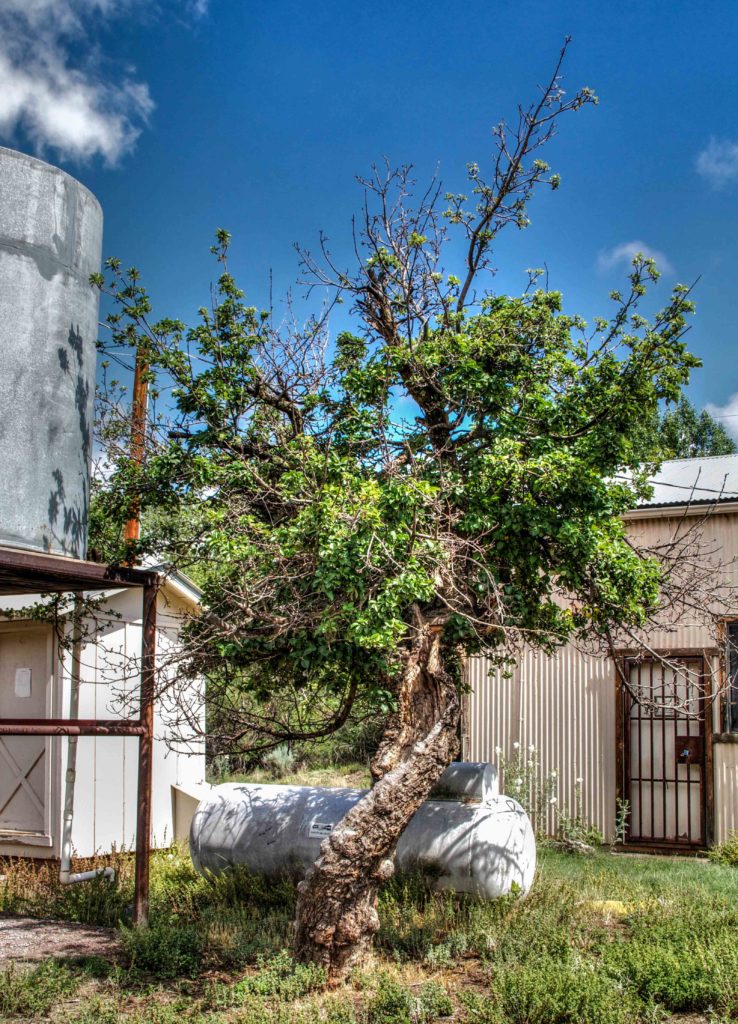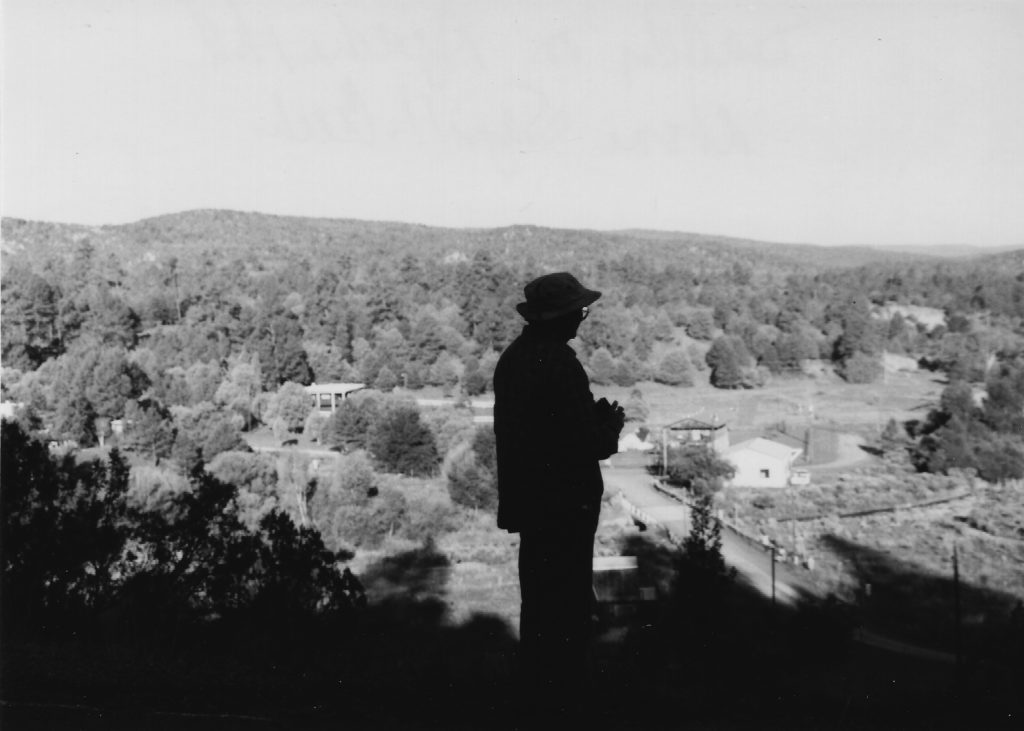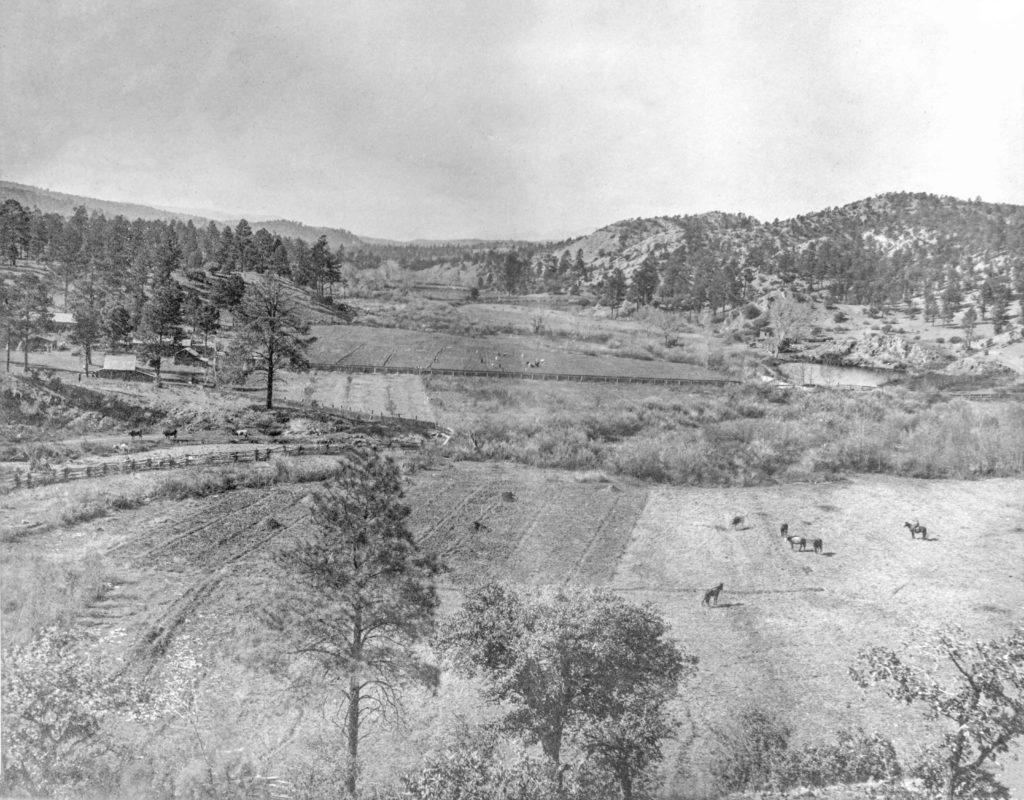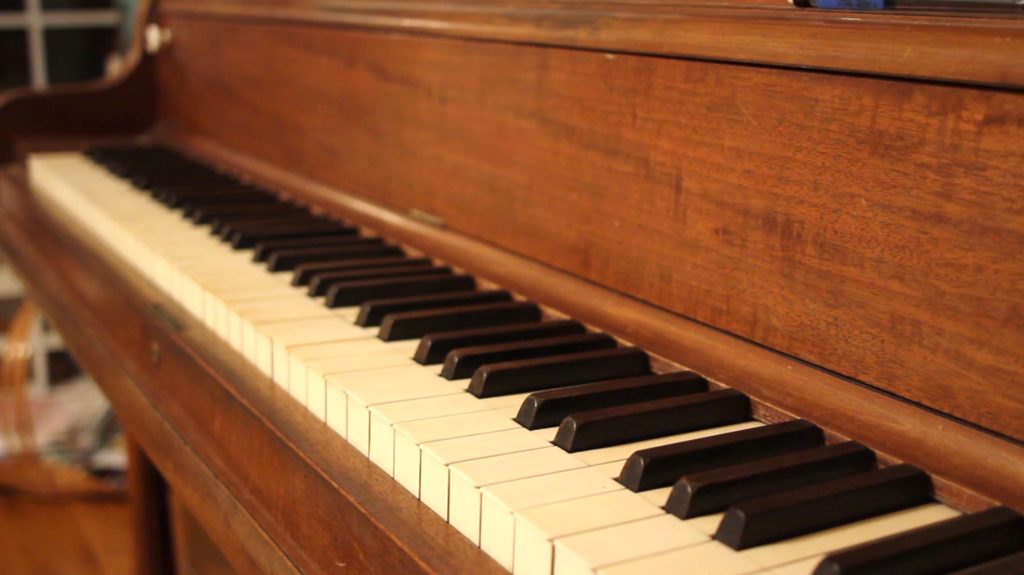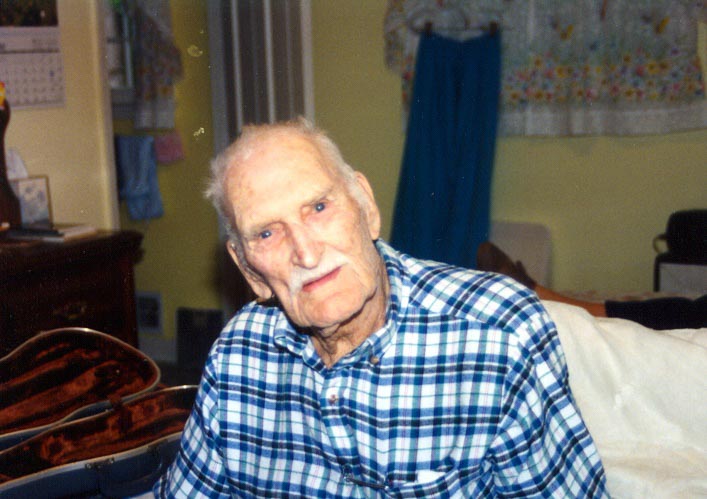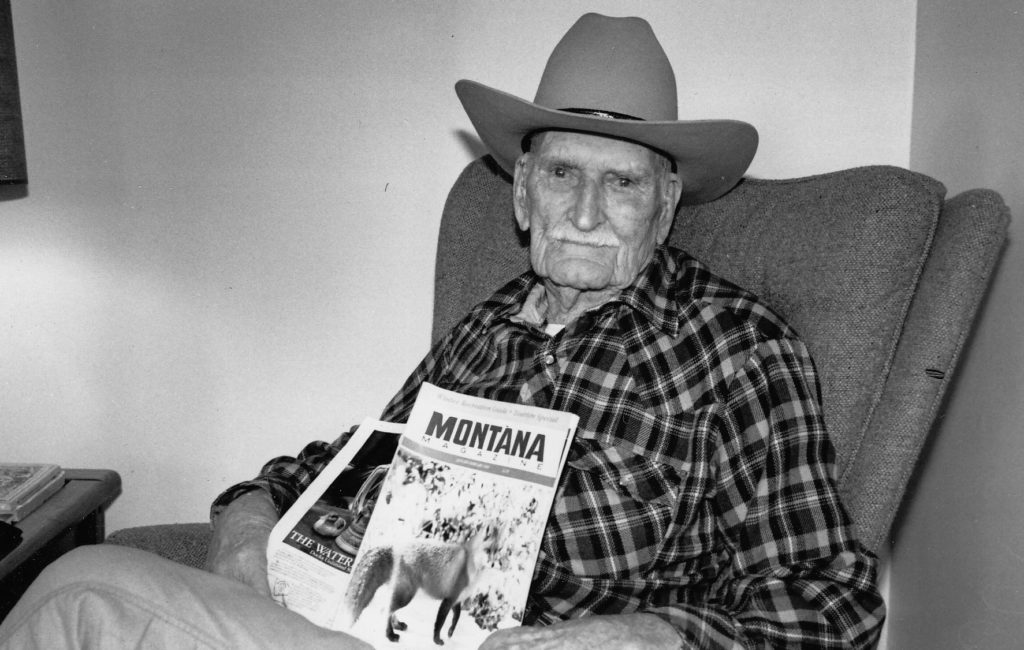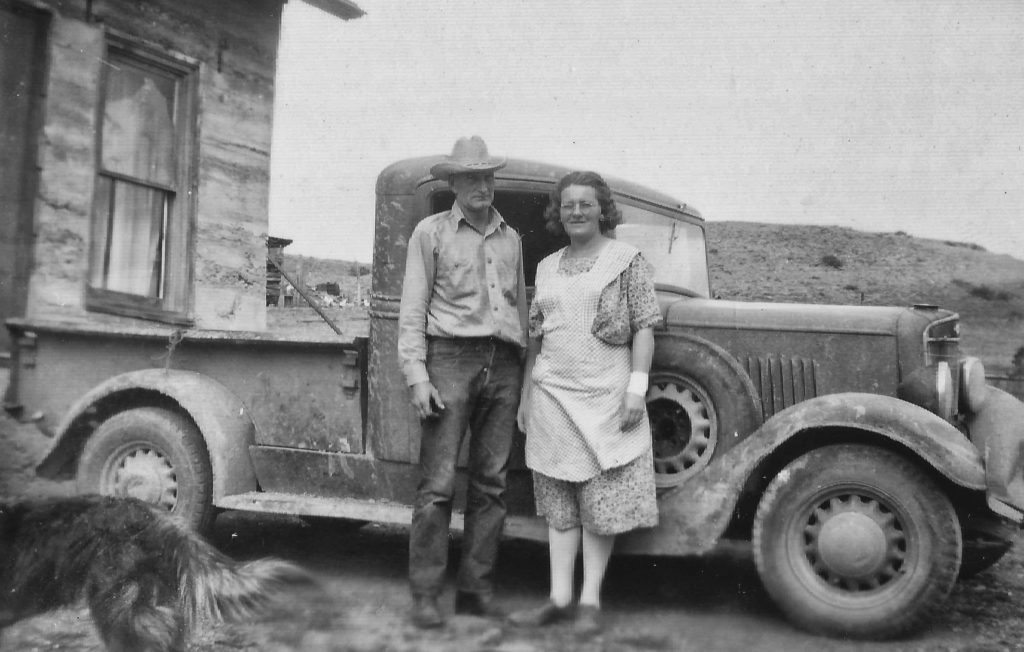What’s in a name? To some, “Mrs. Ward” meant a good neighbor who had earned the respect of her community. “Niter”, so called by her little Englishman, was a woman who could throw together a meal in no time for whoever showed up at her table at mealtime whether it was the hired men, family, friends, or someone there to purchase lumber. Some called her “Mama,” a lady who could box a kid’s ears or dunk a sassy mouth in a bucket of water. She could make the kids walk a fine line or play with them like a kid herself. “Babe” was a beloved girl at any age who was endeared to family and lifelong friends. That was the name by which she was known before she even got her “real” name which came from two of her nieces. To me she was and is “Gommie.”
Just the thought or mention of her name brings a plethora of emotions and memories. It meant curling up next to her on her sofa whether sitting quietly or being rewarded with a story. Her name meant lumpy gravy. It meant a cup of hot tea in a fine china teacup from her china cabinet. It meant a trip to her beloved mountains and a visit to her “cabin” and “Gommie’s Lake.” It meant a place of refuge, a place of safety, a peaceful place.
It meant a trip to see Uncle Barney and the guaranteed story of wolf trapping days. Uncle Barney, aged, deaf, with blurred vision, would transform before our very eyes as the years melted away. Once again he stood tall, young and fit as his eyes lit up at the retelling of the same stories we had heard before though we never tired of them.
Gommie was like a mama bear that dared anyone to mess with her kids and grandkids. Her compassions were stirred by the underdog and she would have taken any of them into her arms and her home. She was like a teddy bear, kind of soft and squishy, who offered a snuggly resting place. She sent money to help orphans and also helped meet the needs of those within her community. Her black dancing eyes could pierce a proud tongue or shoot darts to stop unnecessary words. Those same eyes, black and soft, could look in the very depths of the soul and warm the coldest of hearts.
She lived by the motto “is it true, is it kind, is it necessary.” A short poem says it well, “I have wept in the night for the shortness of sight that to someone’s need I was blind. But I have never once yet felt a twinge of regret for being a little too kind.”
Yes, a name contains many facets that reflect a prism of memories and a rainbow of emotions.
What’s in your name?
